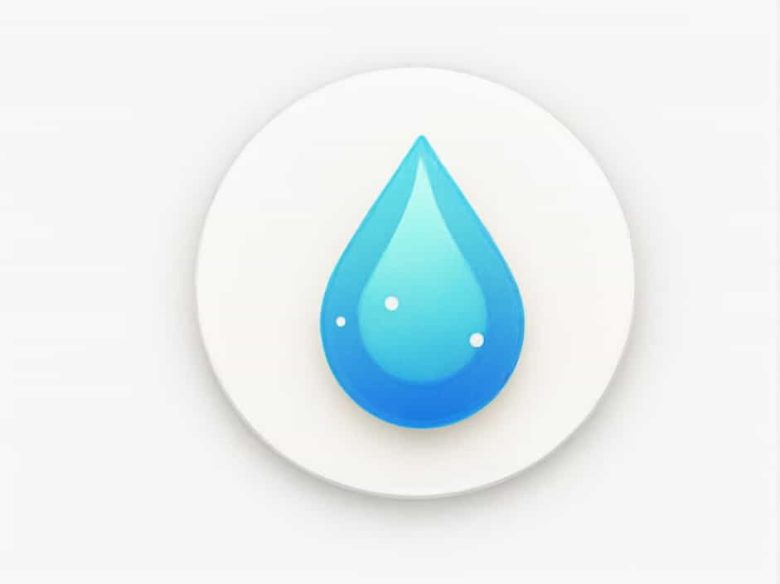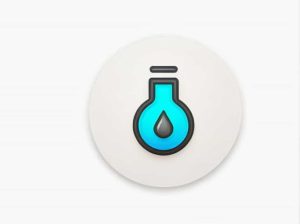When quicklime (calcium oxide CaO) reacts with water (H₂O) a significant chemical transformation occurs. This reaction is a classic example of an exothermic combination reaction where two substances combine to form a single product while releasing a large amount of heat.
Understanding this reaction is essential in construction chemical industries and environmental applications. In this topic we will explore the reaction mechanism its characteristics and its practical uses.
Understanding Quicklime (CaO)
What is Quicklime?
Quicklime or calcium oxide (CaO) is a white alkaline and highly reactive compound. It is produced by heating limestone (CaCO₃) at high temperatures in a process called calcination:
This process removes carbon dioxide (CO₂) from limestone leaving behind quicklime.
Properties of Quicklime
- Appearance: White powdery or lumpy solid
- Solubility: Reacts with water to form slaked lime (Ca(OH)₂)
- Basic Nature: Strongly alkaline when dissolved in water
- Reactivity: Highly reactive with water and acids
The Chemical Reaction of Quicklime with Water
Reaction Equation
When quicklime reacts with water calcium hydroxide (Ca(OH)₂) also known as slaked lime is formed:
Type of Reaction
- Combination Reaction – Two reactants (CaO and H₂O) combine to form a single product (Ca(OH)₂).
- Exothermic Reaction – The reaction releases heat making it an exothermic process.
Observations During the Reaction
- When water is added to quicklime a hissing sound is heard.
- The mixture becomes hot indicating the release of heat.
- A white powdery substance (slaked lime Ca(OH)₂) forms.
- Steam may be produced if excess heat is generated.
Why is This Reaction Exothermic?
During the reaction the chemical bonds in CaO break and new bonds form in Ca(OH)₂. The bond formation releases energy in the form of heat making it a highly exothermic reaction.
This is why builders and workers handling quicklime must be cautious—the heat generated can cause burns or even ignite flammable materials.
Uses of the Quicklime and Water Reaction
1. Construction Industry (Mortar and Plastering)
Slaked lime (Ca(OH)₂) is an essential component in:
- Mortar – Used in bricklaying and plastering.
- Cement Production – Combined with sand and water to form a strong binding material.
2. Agriculture (Soil Treatment)
- Reduces soil acidity and improves fertility.
- Helps in neutralizing acidic soil conditions for better crop yield.
3. Water Treatment
- Removes impurities by precipitation.
- Used in wastewater treatment plants to reduce acidity.
4. Whitewashing
-
Slaked lime solution is used for whitewashing walls giving them a clean and durable finish.
-
It reacts with carbon dioxide (CO₂) in the air to form calcium carbonate (CaCO₃) which hardens over time:
text{Ca(OH)}_2 + text{CO}_2 rightarrow text{CaCO}_3 + text{H}_2text{O}
5. Chemical Industry
- Used in the production of glass bleaching powder and soaps.
- Acts as a pH regulator in industrial chemical processes.
6. Environmental Applications
- Helps in neutralizing acidic waste and industrial emissions.
- Used in flue gas desulfurization to reduce sulfur dioxide (SO₂) pollution.
Precautions When Handling Quicklime
Safety Concerns
- Highly Exothermic Reaction: The heat released can cause burns.
- Alkaline Nature: Quicklime and slaked lime can irritate the skin eyes and respiratory system.
- Avoid Direct Contact with Water: Adding excess water too quickly can lead to steam explosions.
Handling and Storage
- Wear protective gear (gloves goggles and a mask).
- Store in a dry place to prevent unwanted reactions.
- Handle with care to avoid dust inhalation.
Comparison with Other Similar Reactions
| Reaction | Type of Reaction | Example | Heat Released? |
|---|---|---|---|
| Quicklime + Water | Exothermic Combination | CaO + H₂O → Ca(OH)₂ | Yes ✅ |
| Burning of Magnesium | Exothermic Combination | Mg + O₂ → MgO | Yes ✅ |
| Rusting of Iron | Slow Combination | Fe + O₂ + H₂O → Fe₂O₃·xH₂O | No ❌ |
| Dissolution of Ammonium Chloride in Water | Endothermic Dissolution | NH₄Cl + H₂O → NH₄⁺ + Cl⁻ | No absorbs heat ❄️ |
Frequently Asked Questions
1. Why does quicklime react so violently with water?
Quicklime (CaO) has a strong affinity for water and the formation of Ca(OH)₂ releases a large amount of heat making the reaction vigorous and exothermic.
2. Can quicklime be added directly to soil?
Yes but it should be handled carefully. Farmers usually prefer slaked lime (Ca(OH)₂) because it is less reactive and easier to spread.
3. What happens if too much water is added to quicklime?
Excess water can dilute the reaction and if added suddenly it may cause violent steam generation.
4. How does slaked lime harden over time?
Slaked lime reacts with carbon dioxide in the air to form calcium carbonate (CaCO₃) which is harder and more stable. This is why whitewashed walls become stronger over time.
The reaction of quicklime with water is an exothermic combination reaction producing slaked lime (Ca(OH)₂) and releasing heat. This reaction is widely used in construction agriculture water treatment and chemical industries.
Although highly useful quicklime must be handled with care due to its reactive and exothermic nature. Understanding this reaction helps in safe handling practical applications and efficient use in various fields.



